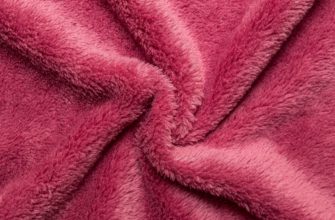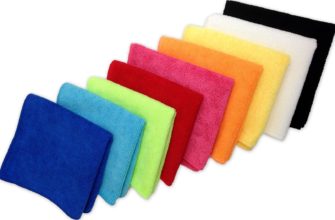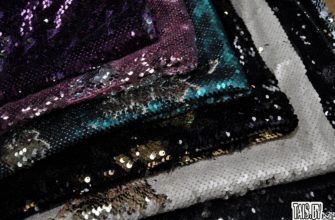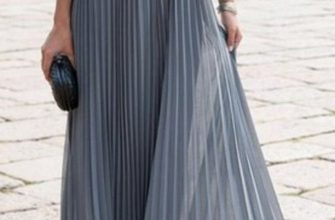Not so long ago, down and wool were considered the best fillers for winter clothing. Today, most outerwear manufacturers prefer to use artificial materials. Among them is polyester. What kind of material for winter clothing is it? It is a fiber from oil and gas products. Depending on the method of gluing the fibers into a single fabric, polyester is divided into several insulation materials, the characteristics of which differ.
- History of origin and technology of manufacturing filler
- Types of materials and their main characteristics
- 100% polyester insulation
- Hollowfiber
- Thinsulate as an innovative insulation material
- Isosoft
- Sintepon
- Sintepuh
- What is warmer: synthetic padding or polyester
- What is the density of polyester insulation up to what temperature and for what weather
- How to choose high-quality insulation
- How to choose winter clothes with synthetic filling
- Care instructions
- Reviews
History of origin and technology of manufacturing filler
Polyester insulation is the name of a fiber created on the basis of polyethylene terephthalate. The material appeared in the first half of the 20th century and was mainly used in the chemical, automotive, food and other industries. Mass distribution began a few years later, in the 1960s, when it was discovered that clothing made of the fabric does not wrinkle and practically does not get dirty. In addition, the cost of insulation for clothing made of polyester was much cheaper.

Important! The name varied in different countries: in the USSR it was lavsan (later sintepon), in the USA and Europe – polyester (or foamed polyester), dacron, melinex, etc.
The raw material for insulation is fiber obtained from gas and oil products. Production consists of several stages:
- The raw material is pre-prepared: cleaned and loosened.
- The purified raw material is pressed through spinnerets (special forms), after which fibers are obtained.
- The fibers are dyed and processed, then formed into a fabric.
- The canvas undergoes final finishing.
Important! The properties of the finished material largely depend on the method of bonding the fibers in the fabric.
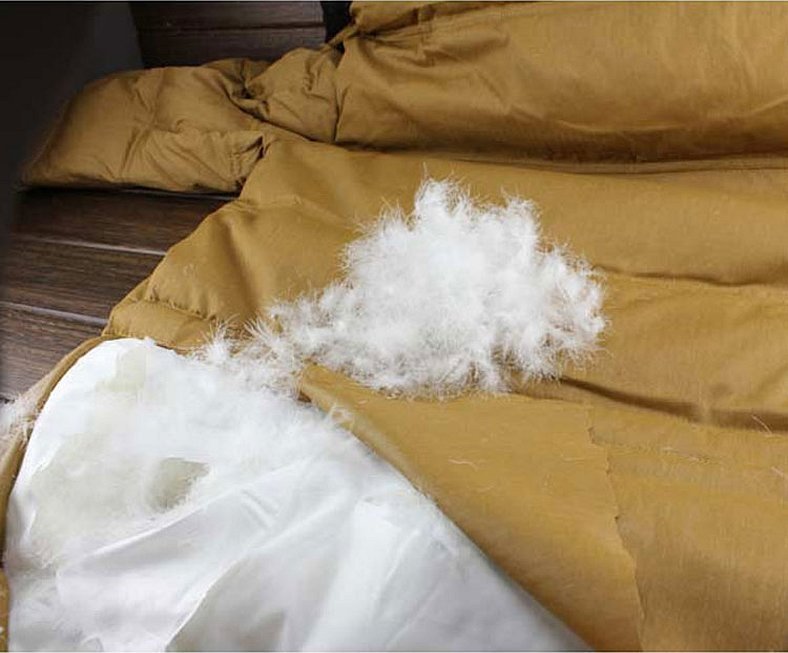
Types of materials and their main characteristics
Polyester is the name of the substance used to make different types of fillers. Due to differences in production, they have different characteristics and are designed to withstand different weather conditions.
100% polyester insulation
Polyester filler was popular in the USSR, but is used much less frequently today. This is due to its disadvantages: it caked, lost its shape, and could not be washed often. Today, other materials are used for outerwear and blankets: isosoft, holofiber, etc.
Hollowfiber
Hollowfiber is a non-woven synthetic material made of hollow polyester fibers twisted into spirals. Its feature is the welding of fibers using high temperatures (in others they are glued together). The material has a high level of heat and sound insulation, allows air to pass through well, but retains moisture, is resistant to washing and physical impacts, holds its shape well and restores it. The material is also hypoallergenic, insects do not start in it and dust does not accumulate.
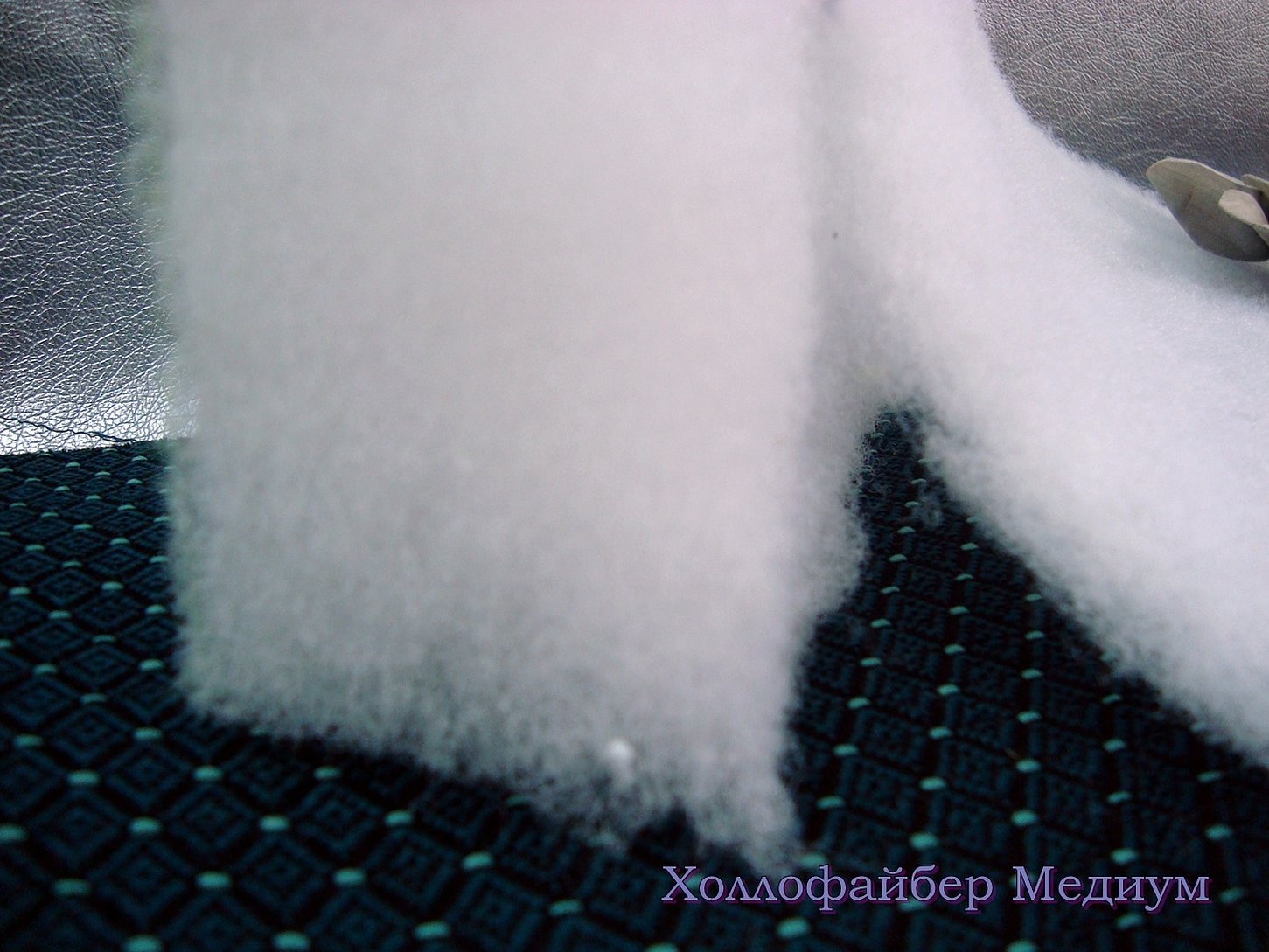
Thinsulate as an innovative insulation material
The second name is artificial swan down. Initially, it was used as insulation for space units, today it is also used in the manufacture of outerwear. It can be worn at temperatures down to -40 °C, does not absorb odors and water, does not interfere with air circulation. The material is also quite thin and light, easy to wash and clean, does not wear out over time.
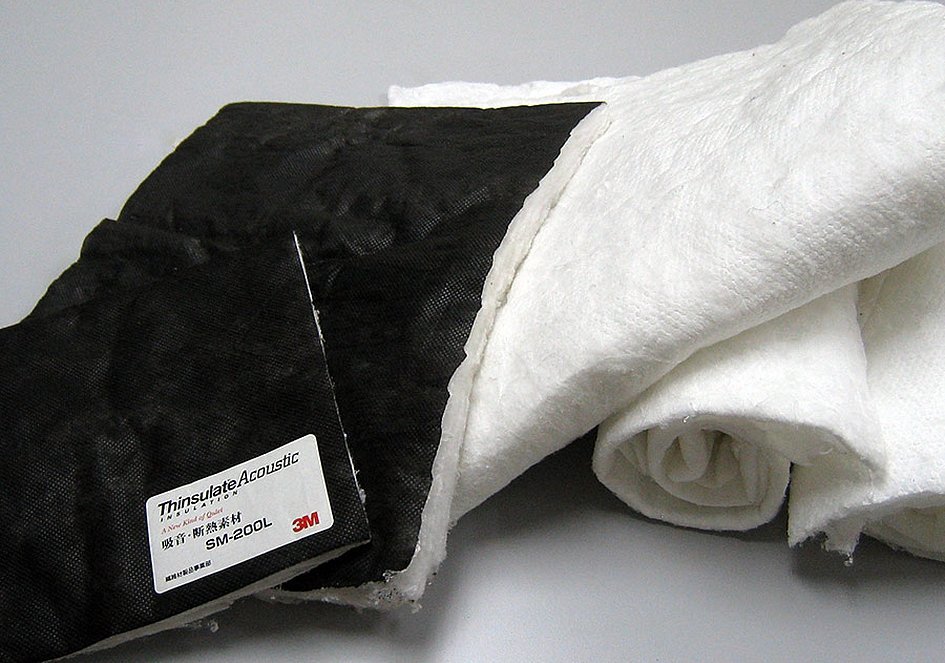
Isosoft
This is a modern insulation material, the fibers of which are covered with special polymers to enhance heat-insulating properties. They are strongly twisted, the fibers often have the shape of balls. The filler is used in pillows, blankets, sleeping bags, winter outerwear. Depending on the density, the material can withstand from -10 °C to -30 °C. Isosoft allows air to pass through well, while retaining heat, is not subject to deformation and does not require special care.
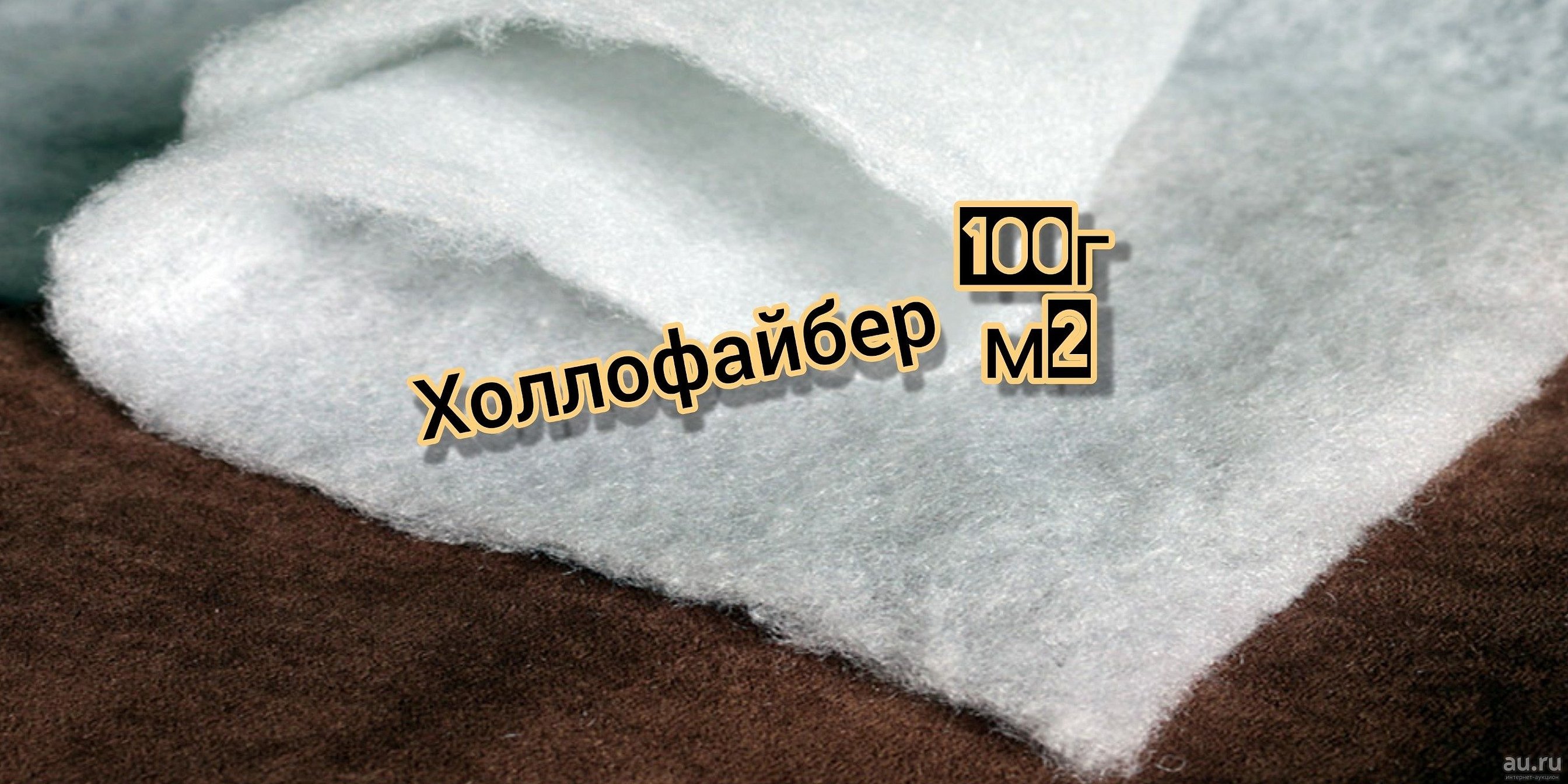
Sintepon
Sintepon is a synthetic insulation material, the fibers of which are glued together using needles, glue or high temperatures. It was obtained in the mid-1930s in England, and came to the USSR only in 1949. The material is quite light and comfortable to wear, does not deform (subject to temperature conditions), does not get wet and has a high level of thermal insulation.
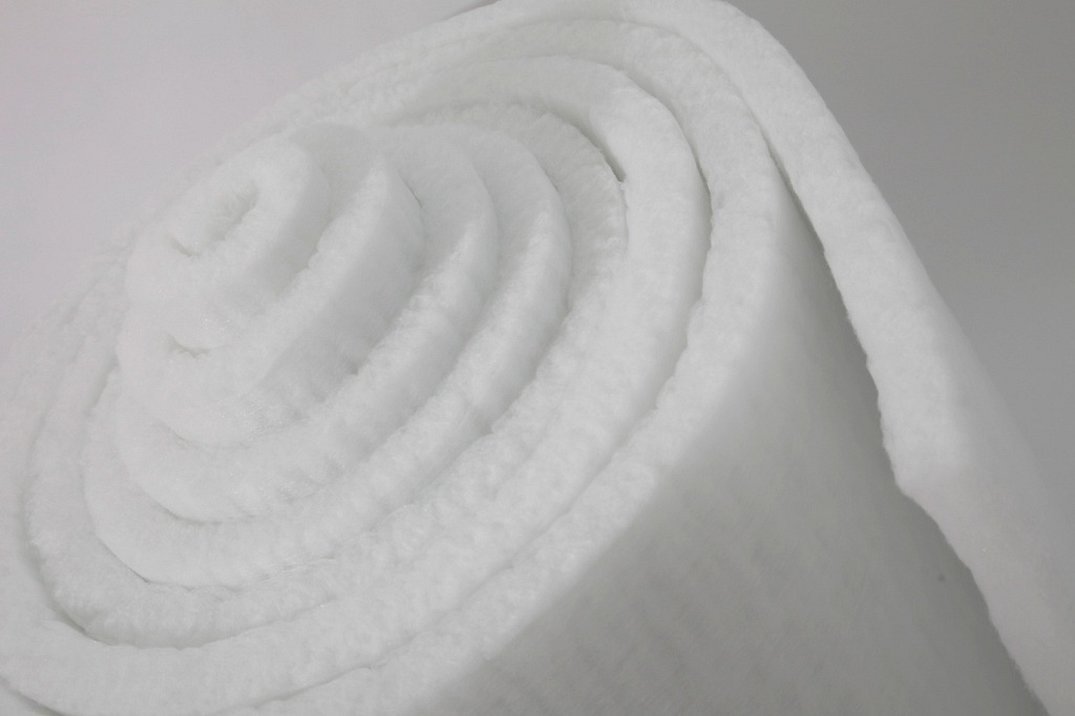
Sintepuh
It has all the advantages of natural fluff, but is obtained artificially. In its production, silicone treatment is used, which prevents the product from clumping. Synthetic fluff can withstand temperatures down to -30 °C, does not roll when washed, quickly takes its original shape and dries. When worn, there is no "steam room" effect, since air passes well through the synthetic fluff, but the heat does not escape.

What is warmer: synthetic padding or polyester
Polyester is a general name for all insulation materials made from polyester fiber. Sintepon is one of the varieties of polyester. In other words, it is impossible to say that polyester is sintepon, and it is also impossible to compare the materials.
Of the above, the warmest is Thinsulate, designed for extreme temperatures.
Important! For children, it is recommended to choose isosoft and holofiber, as they are environmentally friendly, affordable and easy to clean at home.
What is the density of polyester insulation up to what temperature and for what weather
The density of the insulation is calculated as the weight of the material per 1 m². The higher the density, the lower the temperature it can “survive”.
Each material will have a different value. For example, for synthetic padding and isosoft, the values will be as follows:
- 50 g/m² — for +15 °C;
- 80 g/m² — for +10 °C;
- 100 g/m² — for +5 °C;
- 150 g/m² — for -5 °C;
- 200 g/m² — for -10 °C;
- 300 g/m² — for -20 °C;
- 400 g/m² — for -25 °C.
For holofiber they are slightly different:
- 100 g/m² — for +5-10 °C;
- 150 g/m² — from +5 °C to -10 °C;
- 200 g/m² — for -10-20 °C;
- 300 g/m² — for -25-30 °C.
Important! Thinsulate is mainly used in sewing professional items (ski suits, diving suits, etc.), it can withstand temperatures down to -60-65 °C.
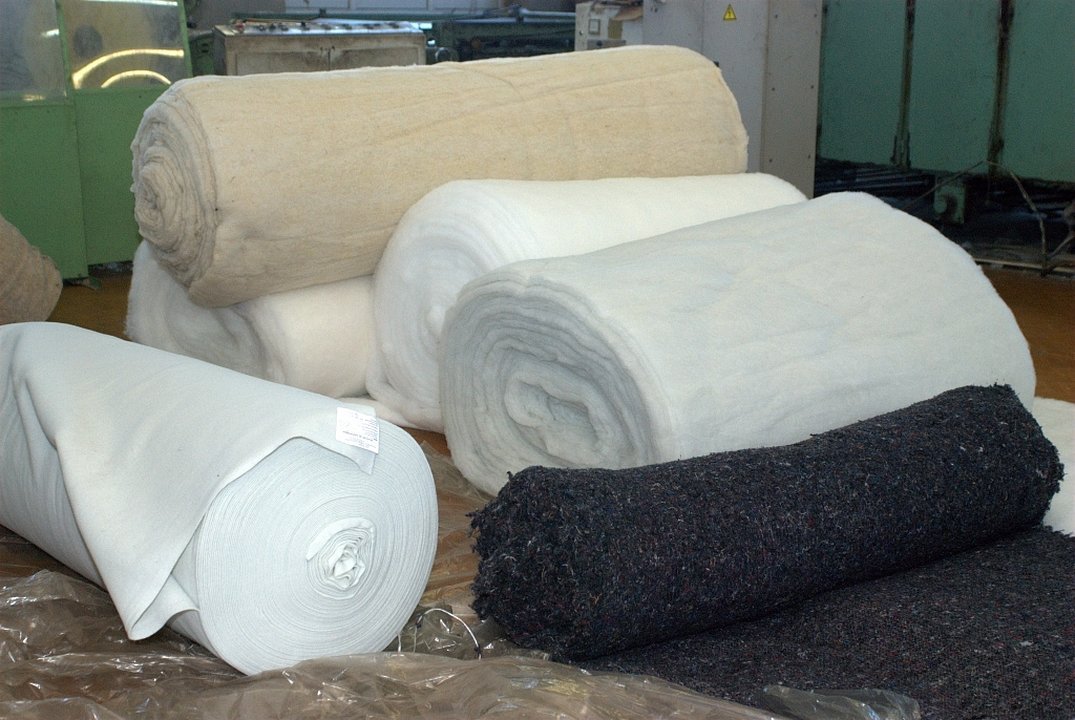
To avoid making a mistake when buying, it is worth referring to the temperature table of a specific manufacturer.
How to choose high-quality insulation
When choosing insulation or ready-made clothing, it is worth following some rules:
- Basically, all insulation materials have similar characteristics, but they may differ in detail. For example, some materials are a product of secondary oil processing, and therefore are more allergenic;
- It is worth paying attention not only to the obvious advantages, but also to the unnoticeable disadvantages. For example, 100% polyester quickly deforms with frequent washing, it is not worth buying for children or for branded clothes;
- It is important to focus on the temperature that the material can withstand. Manufacturers usually indicate the minimum and maximum;
- An unfamiliar name of a material does not always mean a new product; it may be a familiar insulation material, but under a foreign name.
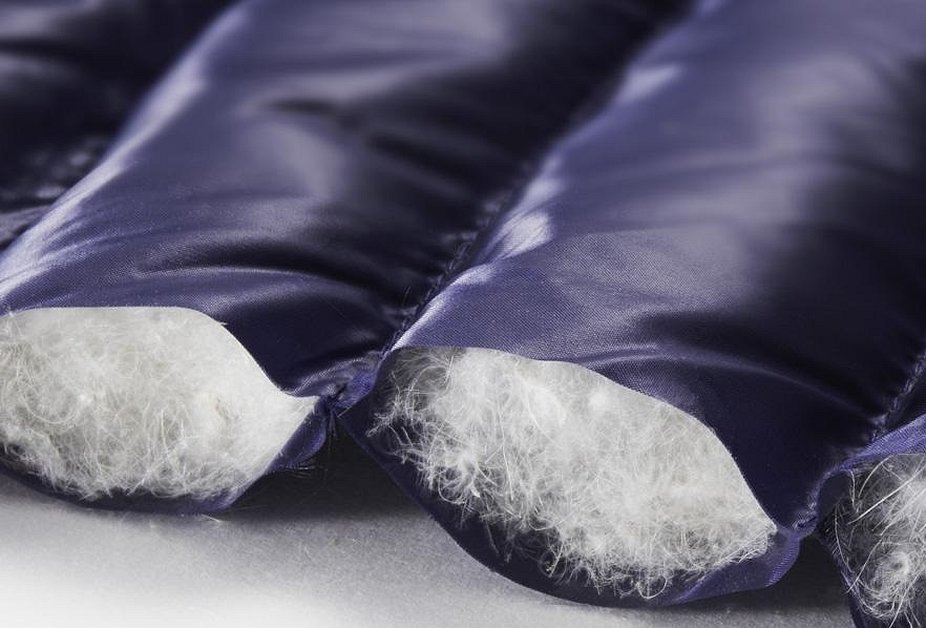
How to choose winter clothes with synthetic filling
When choosing winter clothes, it is worth paying attention to some nuances:
- the filler should hold its shape well. To check, squeeze the sleeve or other place hard and see how quickly the jacket "recovers";
- the more machine stitches there are on the polyester (lining), the more cold air it lets through;
- clothing should fit snugly around the neck, cuffs and bottom. For better thermal insulation, there may be a double layer of insulation on the back and hem;
- It is important to pay attention to the fabric itself and the lining;
- The inside of the down jacket should be divided into small cells filled with insulation. This way, the inner material is evenly distributed over the clothing, does not roll or bunch up.

Important! When choosing clothes with natural insulation, the rules will be different.
Care instructions
Polyester is undemanding and easy to care for:
- it can be washed at 30-40 °C;
- To prevent the insulation from bunching up, you can wash tennis balls with the down jacket. They will prevent the filler from bunching up;
- When washing white items, you can use any universal detergents, and when washing colored items, you can use detergents for colored or delicate fabrics to preserve the color;
- Dry away from direct sunlight. It is best to shake the clothes and hang them on a hanger;
- Usually polyester does not require ironing, but if necessary, it can be ironed on a delicate or “Silk” setting using a damp cloth;
- You can store things in any form.
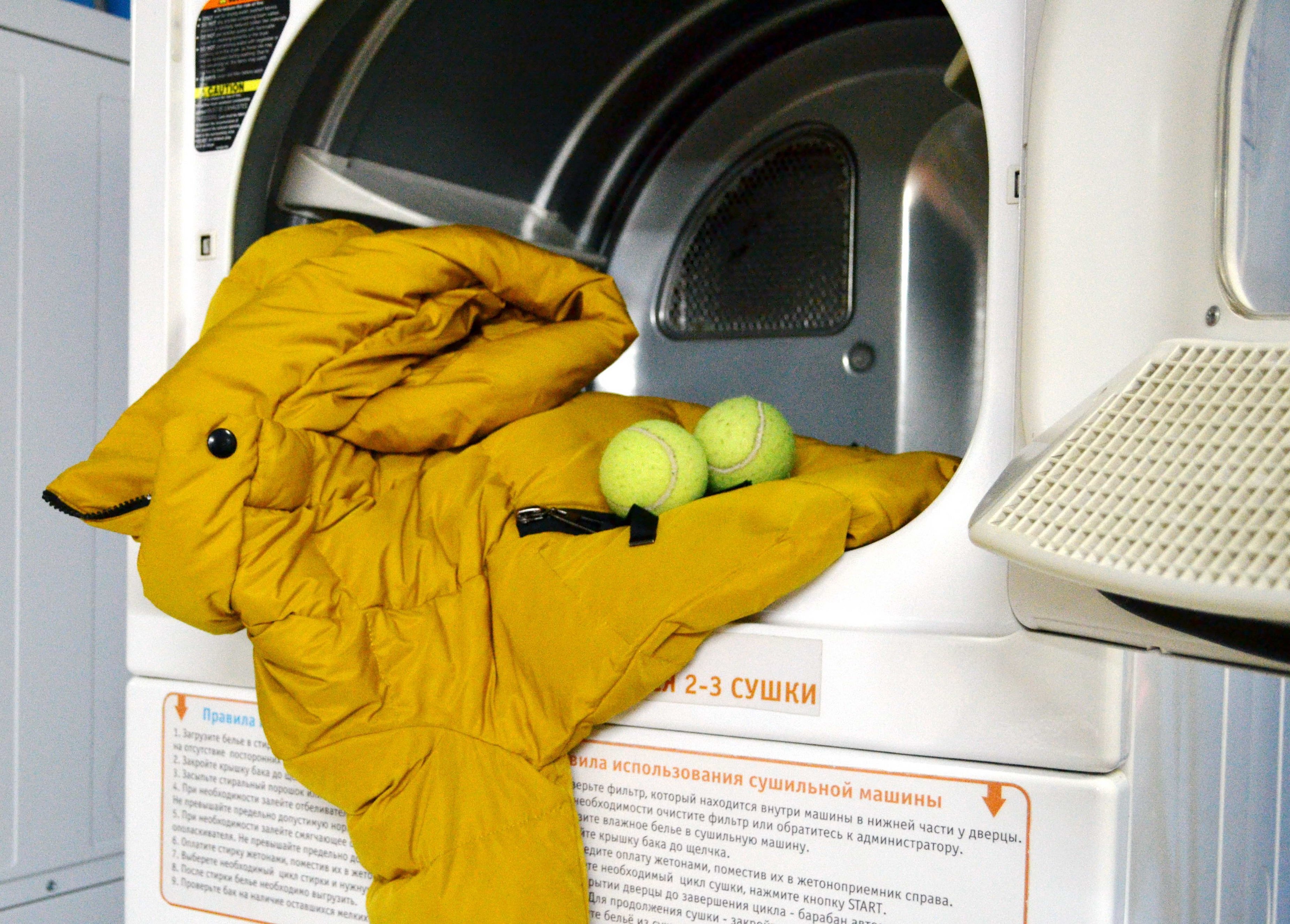
Reviews
In most cases, reviews of polyester insulation are positive, regardless of the specific material.
Sergey, 45, Samara: "I bought a jacket with Thinsulate filling and was very surprised: if I go out at -20°C, it's hot; at -25°C, it's hot; even at -30°C, I can walk around in a T-shirt. Then I read that Thinsulate is an insulator for the harshest conditions; the Moscow frost is no problem for it. I'm very happy with the jacket, even though it's a bit hot."
Natalia, 32, Vologda: "I was choosing a children's jumpsuit (an active boy of 5 years old), and settled on isosoft. It doesn't get damaged by frequent washing, doesn't bunch up, dries quickly - very convenient."
Polyester filler - what is it? This is a common name for artificial insulation for outerwear. It is divided into several types: synthetic padding, synthetic fluff, holofiber, isosoft, etc. These materials have similar characteristics, but differ in small details, which must be taken into account when choosing, so as not to be disappointed in the purchase.

